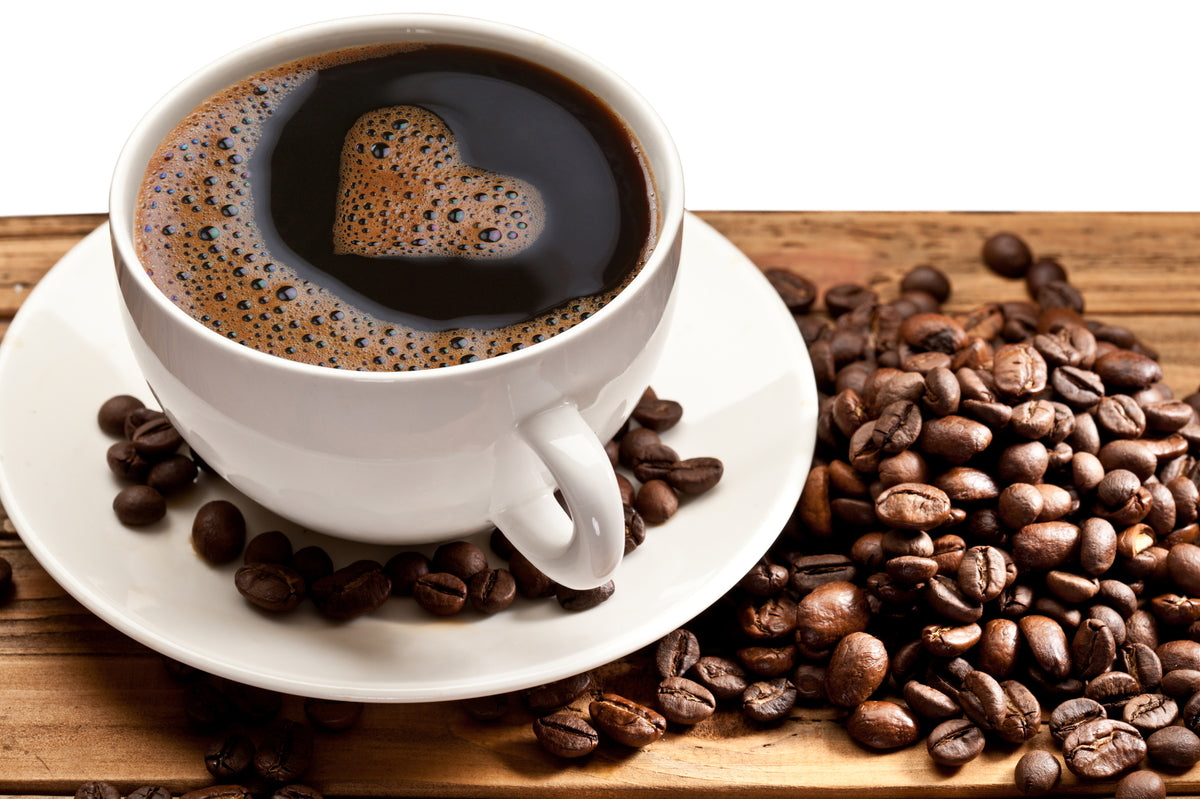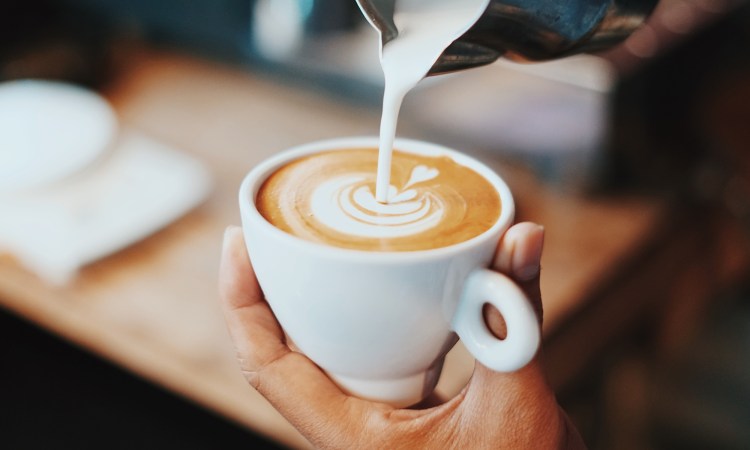Indulge in the Ultimate Coffee Fan's Guide: From Bean Selection to Developing
Embark on a trip with the intricate globe of coffee, where the path from bean option to brewing introduces a realm of opportunities waiting to be checked out. Understanding the subtleties of different coffee beans, the alchemy of toasting profiles, and the proficiency of brewing approaches are just the beginning of a coffee fan's mission for the perfect mug. As we look into the art of boosting flavors and discover the secrets to a remarkable extraction, the appeal of crafting a customized coffee experience bids, promising a sip of pure happiness with every brew.
Comprehending Coffee Beans
The quality and flavor account of coffee are significantly affected by the type of coffee beans utilized in the developing process. Coffee beans are normally categorized into 2 main types: Arabica and Robusta. Arabica beans are recognized for their fragile tastes, greater acidity, and complexity. These beans are usually thought about premium in quality and are favored by specialized coffee fanatics. On the other hand, Robusta beans are defined by their solid, vibrant taste, higher caffeine material, and a little bitter preference. They are commonly utilized in blends and immediate coffee as a result of their affordability and ability to create a thick crema.
Within these two main categories, coffee beans can even more be differentiated by their country of origin, altitude at which they are grown, and the processing methods used. Factors such as soil structure, growing, and environment techniques all play a duty fit the last taste account of the coffee beans. Comprehending these distinctions can help coffee fans value the varied variety of flavors and fragrances that various beans can provide.
Exploring Roasting Accounts
When diving right into the world of coffee, comprehending the intricacies of toasting accounts is necessary for appreciating the nuances in flavor and fragrance that various roast degrees pass on to the beans. Roasting profiles describe the details temperature level, duration, and techniques made use of to roast coffee beans. The toasting process significantly affects the last taste of the coffee.
Roasting profiles can vary from light to dark, each offering unique qualities. Light roasts are roasted at reduced temperatures for a shorter time, maintaining the bean's original flavors and level of acidity. Medium roasts strike an equilibrium in between flavor retention and growth, leading to a slightly richer preference. Dark roasts are roasted at greater temperature levels for a longer duration, bring about strong tastes, reduced acidity, and often a smoky or bitter undertone.
Exploring various toasting profiles allows coffee fanatics to experience a diverse series of tastes and aromas, from floral and fruity notes in light roasts to the durable, caramelized tones of dark roasts - Coffee. Comprehending roasting profiles equips coffee fans to pick beans that straighten with their preferences, guaranteeing a truly individualized coffee experience
Learning Brewing Approaches
Understanding roasting profiles establishes the foundation for grasping developing methods in the realm of coffee admiration. It's necessary to pick the right brewing technique to remove the scents and tastes secured within the beans as soon as you have actually selected the perfect roast for your taste preferences. Each brewing technique, whether it Click This Link be pour-over, French press, coffee, or cool mixture, offers a distinct method to showcase the nuances of the coffee beans.
The grind size plays a vital duty in developing approaches. Various developing strategies call for certain grind sizes to ensure optimal removal. For circumstances, a great work appropriates for coffee equipments, while a crude work is extra ideal for French press brewing.
When mastering brewing approaches,Water temperature level and brewing time are also critical variables to think about. Readjusting these variables can significantly impact the last taste of the coffee. Try out various developing methods and refining your strategy gradually will boost your coffee developing skills website here and boost your general coffee experience.
Enhancing Flavor With Enhancements
Checking out various ingredients such as flavored syrups, seasonings, or alternate milk options can boost the overall taste profile of your coffee. Flavorful syrups, ranging from timeless vanilla and caramel to one-of-a-kind tastes like lavender or hazelnut, offer a fragrant and wonderful touch to your mixture. Coffee. Flavors such as cinnamon, nutmeg, or cardamom can include depth and heat to your coffee, producing a abundant and complicated flavor experience
For those wanting to explore dairy alternatives, alternatives like almond, coconut, or oat milk can use a velvety texture and a subtle hint of their one-of-a-kind tastes, enhancing the coffee's preference. Explore various mixes of ingredients enables you to personalize your coffee to fit your choices, whether you prefer an indulgent and wonderful treat or a much more durable and spiced flavor account. Bear in mind to start with little quantities of additives and change according to preference, ensuring a harmonious balance of tastes in each mug.
Tips for the Perfect Cup

Grind dimension additionally plays a critical duty in the developing procedure. Different brewing methods require various work dimensions for the finest results. A rugged work is ideal for French press, while a great work works well for coffee. Trying out numerous work sizes to find the perfect one for your recommended developing technique.
Water top quality is typically neglected but is just as essential. Constantly utilize fresh, filtered water to guarantee a tidy preference in your coffee. Water that is too soft or also tough can adversely influence the taste. Remember to make your coffee at the appropriate temperature level. Coffee. The optimal range is between 195-205 ° F(90-96 ° C )for a balanced removal and delicious mug of coffee.
Conclusion
Finally, mastering the art of coffee brewing calls for attention to information and trial and error with various variables such as bean choice, toasting profiles, brewing approaches, and flavor enhancements. By comprehending the subtleties of coffee preparation and constantly refining your method, you can produce a personalized and phenomenal coffee experience. Remember to prioritize high quality components and specific dimensions to elevate your coffee game to new elevations of satisfaction.
Recognizing the nuances of different coffee beans, the alchemy of roasting profiles, and the mastery of developing methods are simply the beginning of a coffee enthusiast's pursuit for the excellent mug.The quality and flavor profile of coffee are significantly influenced by the kind of coffee beans utilized in the developing procedure. Exploring with various developing techniques and fine-tuning your method over time will certainly improve your coffee developing skills and raise your general coffee experience.
